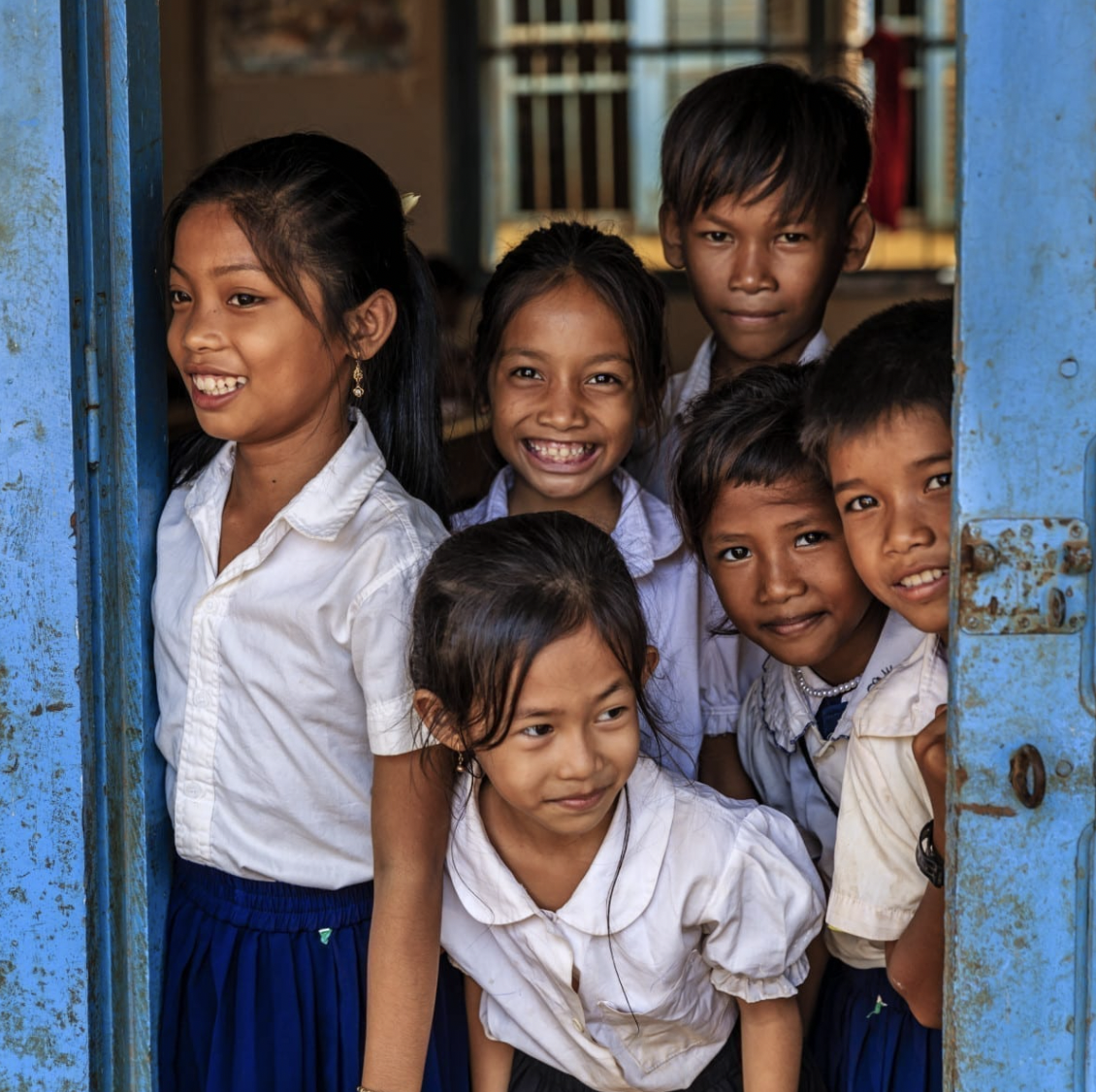
To end school-related gender-based violence, we must progress gender equality
29th September 2023By:

Antara Ganguli Director, UN Girl's Education Initiative
It is estimated that 20 to 37% of children experience school-related gender-based violence. But the truth is that these numbers are wrong. In reality, the number of children that experience SRGBV is much higher.
School-related gender-based violence is a particularly egregious form of gender-based violence because it happens to children who sometimes do not even recognise it as violence.
Reporting of SRGBV, like reporting of all forms of GBV, are perniciously low.
When the victims/ survivors are children, it is even harder to report a crime against a perpetrator who has so much more power than they do.
There is no country in the world where SRGBV does not happen. Let’s be clear that this is not a problem happening only to black and brown children. It is a universal problem happening in every school in the world.
In the US, the CDC-administered Youth Behaviour Risk Survey showed in 2023, that 18% of high-school (upper secondary) school age girls had experienced sexual violence in the last year, and 14% had experienced “forced sex”.
SRGBV has a lifelong impact on children. It has the potential to be traumatic, as well as cause unwanted and unsafe pregnancies for girls.
SRGBV is a manifestation of the culture of violence against and exerting power over women and girls

There are more obvious examples of this culture, for example in the teacher who asks for and gets away with seeking to have sex with a child. In the bus driver who feels up a 13 year old’s breasts as she enters a bus or even the 13 year old boy who does that to his own classmate.
But there are also more subtle forms of SRGBV, for instance when girls avoid attending after school classes because it's dark.
In order to end SRGBV we must dismantle this culture of violence and raise girls and boys to be equal so classrooms can be safe environments for children to learn and thrive.
Below are three ways of doing so:

1. Our work on ending SRGBV must be situated within existing legal frameworks:
The Convention on the Elimination of All Forms of Discrimination against Women (CEDAW) has been signed by 189 countries around. The Convention on the Rights of Children is the most ratified in the world. Convention One of the International Labour Organization establishes a global obligation for workplaces to guarantee that they are free of violence and harassment.
These give us the framework for the legal equality and bodily integrity of women and girls. Our rights not to be violated just because we are.
2. In our work to end SRGBV we must center survivors:
We need to place survivors at the centre of our work to end SRGBV. We need to ask them what could have prevented that harm from taking place. We need to ask them what needs to change in the classroom, what needs to change on the route to school and back from school.
Survivors can help us understand how this violence was allowed to happen and what we must do to prevent it in the future.
3. In order to end SRGBV, we must address the toxic notions of masculinity and power:
The definition of patriarchy is not just about upholding the privilege of gender. It's about upholding heterosexuality, white and upper caste supremacy, class supremacy, religious supremacy and tribe supremacy. It is an expression these inequalities combined with gender discrimination.
No child was ever born wanting to hurt another child
We have allowed boys to grow up to become men who hurt women and girls.
We can stop patriarchy and we can stop violence before it starts.
We must bring up children who will not become perpetrators or victims and survivors when they grow up.
We must put an end the culture of violence and the culture of exerting violent power over women and girls.
